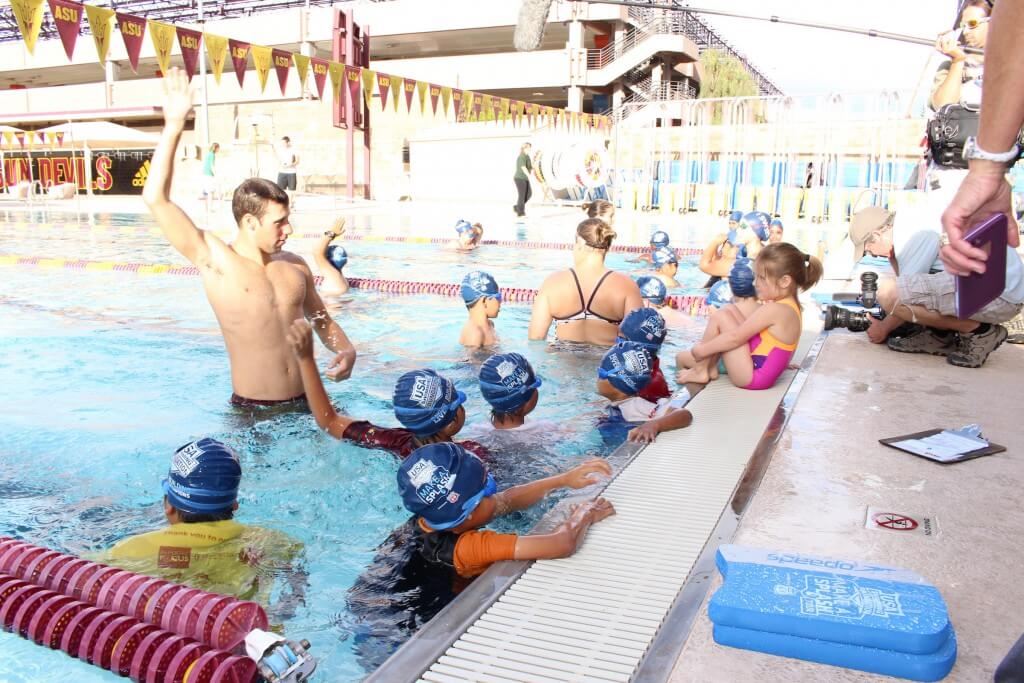Swimming: More Than Just an Olympic Sport

By Natalia Kaczor, Swimming World College Intern
We swimmers all know the frustration that comes with having to deal with people thinking swimming is only important every four years, in an Olympic year. Only a select few become household names: Michael Phelps, Ryan Lochte, Katie Ledecky, and Missy Franklin. Even those Olympic swimmers who deserve recognition for their achievements, such as Simone Manuel, Anthony Ervin and Caleb Dressel are not as well-known as they should be.
Though swimming is not as popular of a sport as football or baseball, it is on the steady incline. From Phelp’s returning to the top of the podium in 2016, to Lochte’s new deal with TYR, swimming seems to be visible on social media more and more. Swimming is more than just an Olympic sport: it is a lifestyle.
Many people are surprised to hear that swimming is in fact a year round sport. For many high school teams, it is a single season sport, only lasting for a couple of months. These athletes do not think twice about it. However, swimming is indeed a year round sport, requiring the stamina and endurance built over the summer to carry throughout the year into many championship club, high school, college and national level meets. It requires dedication and hard work every single day of the year.
There are most likely many club teams in your area where you can join and be a part of a year round team. Not sure where to find a club team near you? Check out USA Swimming’s club team finder.
In my own experience, swimming is hidden in the shadows of other sports such as soccer and hockey. With research, I found six major club teams in my hometown area of Western Massachusetts. Some notable teams include Bluefish Swim Club – Williston, a USA Level 4 team; Greater Holyoke YMCA Vikings, a USA Level 3 Team; Mei’s Typhoons Swim Club. Regardless of where you are from, there are most likely club teams in your area.

Photo Courtesy: Taylor Brien
So, the question asked now is, why is swimming year round important? For many swimmers, there is no such thing as “off season.” There are usually meets year round, meaning swimmers need to stay in top shape for the full year. This can mean seven or more practices a week, in addition to drylands and other swimming related activities.
Swimming year round allows for your aerobic base to increase. According to this article by Dr. John Mullen, the aerobic capacity of a swimmer is dependent on aerobic and anaerobic training, all of which is worked on throughout the year. With every day off of training, it takes you two days to get back to where you were before.
Swimming year round is not a smooth road: there are a lot of bumps, curves, and dead ends. But, in the end, the effort pays off at championship meets. And yes, there are more championship meets than every four years at the Olympics.
All commentaries are the opinion of the author and do not necessarily reflect the views of Swimming World Magazine nor its staff.



